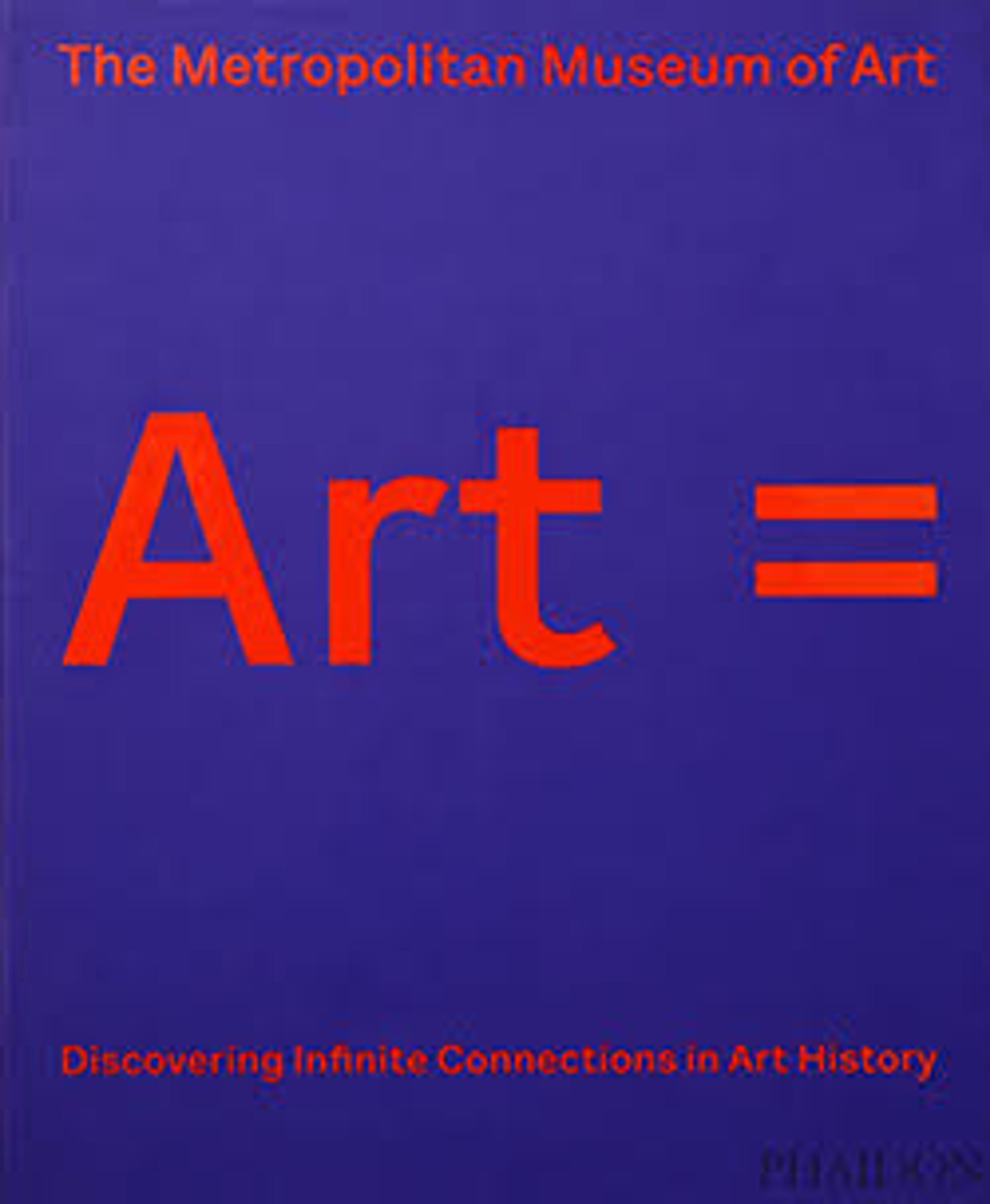English
Sake Ewer (Hisage) with Chrysanthemums and Paulownia Crests in Alternating Fields
The Kōdaiji style was the most prominent development in the history of Momoyama-period lacquer art, and is characterized by bold, large-scale patterns, autumn grass motifs, and crests executed in gold hiramaki-e (“flat sprinkled picture”) on a black ground. Patronage and construction of the temple for which the style is named are associated with Toyotomi Hideyoshi and his wife Nene (Kōdai-in, 1548–1624), and with shogun Tokugawa Ieyasu (1543–1616), who generously supported the creation of the temple precinct and mausoleum in 1605 in honor of his opponent Hideyoshi. The application of the flat maki-e and large repetitive patterns made it possible to decorate everyday household objects with gold designs. Hideyoshi used this style to represent his political power and authority.
Artwork Details
- 菊桐紋蒔絵提子
- Title: Sake Ewer (Hisage) with Chrysanthemums and Paulownia Crests in Alternating Fields
- Period: Momoyama period (1573–1615)
- Date: early 17th century
- Culture: Japan
- Medium: Lacquered wood with gold hiramaki-e and e-nashiji (“pear-skin picture”) on black ground
- Dimensions: H. (incl. handle) 10 in. (25.4 cm); Diam. 7 in. (17.8 cm); W. (including spout) 10 1/8 in. (25.7 cm)
- Classification: Lacquer
- Credit Line: Purchase, Gift of Mrs. Russell Sage, by exchange, 1980
- Object Number: 1980.6
- Curatorial Department: Asian Art
Audio
8803. Wine Ewer with Design of Chrysanthemums and Paulownia Crests in Alternating Fields
0:00
0:00
We're sorry, the transcript for this audio track is not available at this time. Please email info@metmuseum.org to request a transcript for this track.
More Artwork
Research Resources
The Met provides unparalleled resources for research and welcomes an international community of students and scholars. The Met's Open Access API is where creators and researchers can connect to the The Met collection. Open Access data and public domain images are available for unrestricted commercial and noncommercial use without permission or fee.
To request images under copyright and other restrictions, please use this Image Request form.
Feedback
We continue to research and examine historical and cultural context for objects in The Met collection. If you have comments or questions about this object record, please contact us using the form below. The Museum looks forward to receiving your comments.
